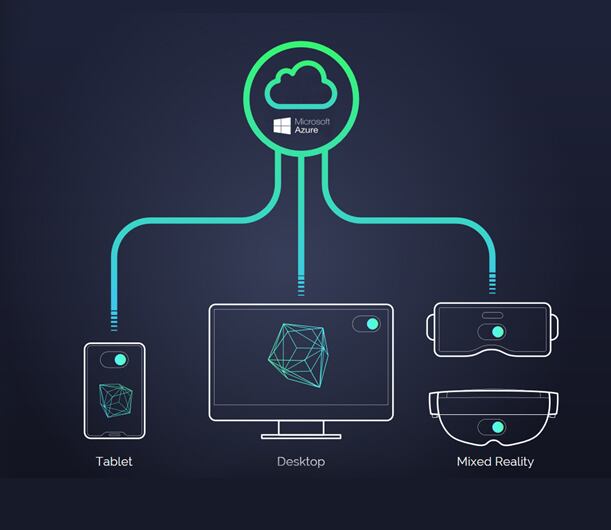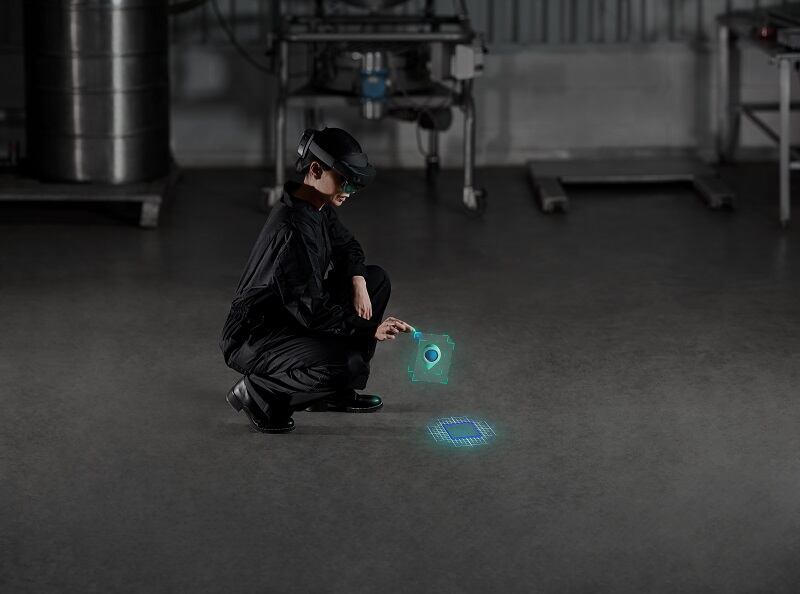Luminous Group, a Newcastle-based company and one of the UK’s leading mixed reality experts, has unveiled traXR, which uses augmented and mixed reality to monitor pathogens in factories more effectively than traditional paper-based methods.
Last year the company, a Microsoft Mixed Reality Partner, secured £400,000 in funding to develop the breakthrough technology. traXR uses AI to identify areas, via special mapping software, inside manufacturing plants where bacteria such as salmonella and listeria could be present.
This information is uploaded digitally to a cloud-based task management system and can be presented in real time through a mixed reality headset, which allows the user to track and add information whilst walking the factory floor.

Caroline Oswald, head of sales at Luminous, told FoodNavigator that the technology will help the world's biggest food and beverage manufacturers digitise what has traditionally been a paper-based exercise, thus replacing often "monstrous excel spread sheets that no one really owns or understands" and helping them save time and money, plus any recall costs and reputational damage caused by any pathogen-based incident.
“We’ve heard quotes from food safety teams like 'Wow, this is extraordinary; our technicians are going to be fighting to use this tech; we are so excited to get this into our sites,'” she said.
Paper-based monitoring is prone to error
According to Oswald, many factories have inconsistent implementations of pathogen environmental systems that are paper-based, prone to human error, time consuming, costly and open to risk.
One of the biggest benefits of traXR’s AI technology, she explained, is the time saved by not manually tracking data from swab tests on factory floors. The AI technology instead uses 3D laser scanning to identify the source of any positive readings.
“Traditionally it's been quite a time-consuming exercise: we’ve done quite a few tests of traditional methods vs our method and it is representing about a 70% increase in efficiencies timewise - that will ramp up as people get used to the technology. Even from the outset it more than halves the time it takes to do the exercises. If you do them manually currently, you’re saving a good day a week.”
The error reduction is also considerable, she noted. “Obviously when you have that many points of human data entry there is a percentage of error likely - quite often swaps will be returned (usually down to the wrong area swabbed, swab duplications, incorrect labelling etc.) -- that's been eliminated in our tests, which will give a cost-saving.”
She added that the cost of the technology to manufacturers "is actually not a massive investment in terms of the technology involved. It costs a lot less than hiring two people to do the test for a year".


